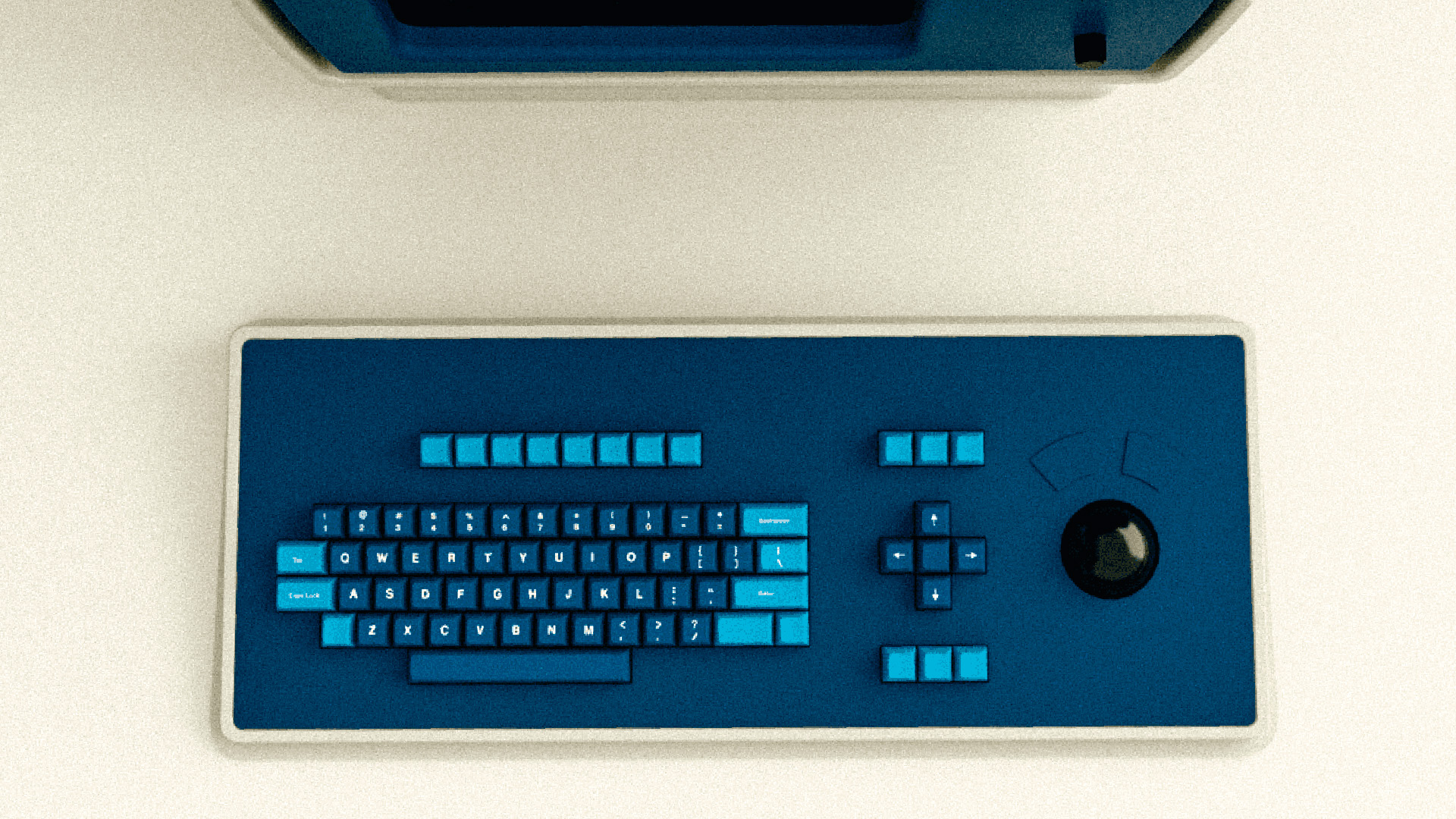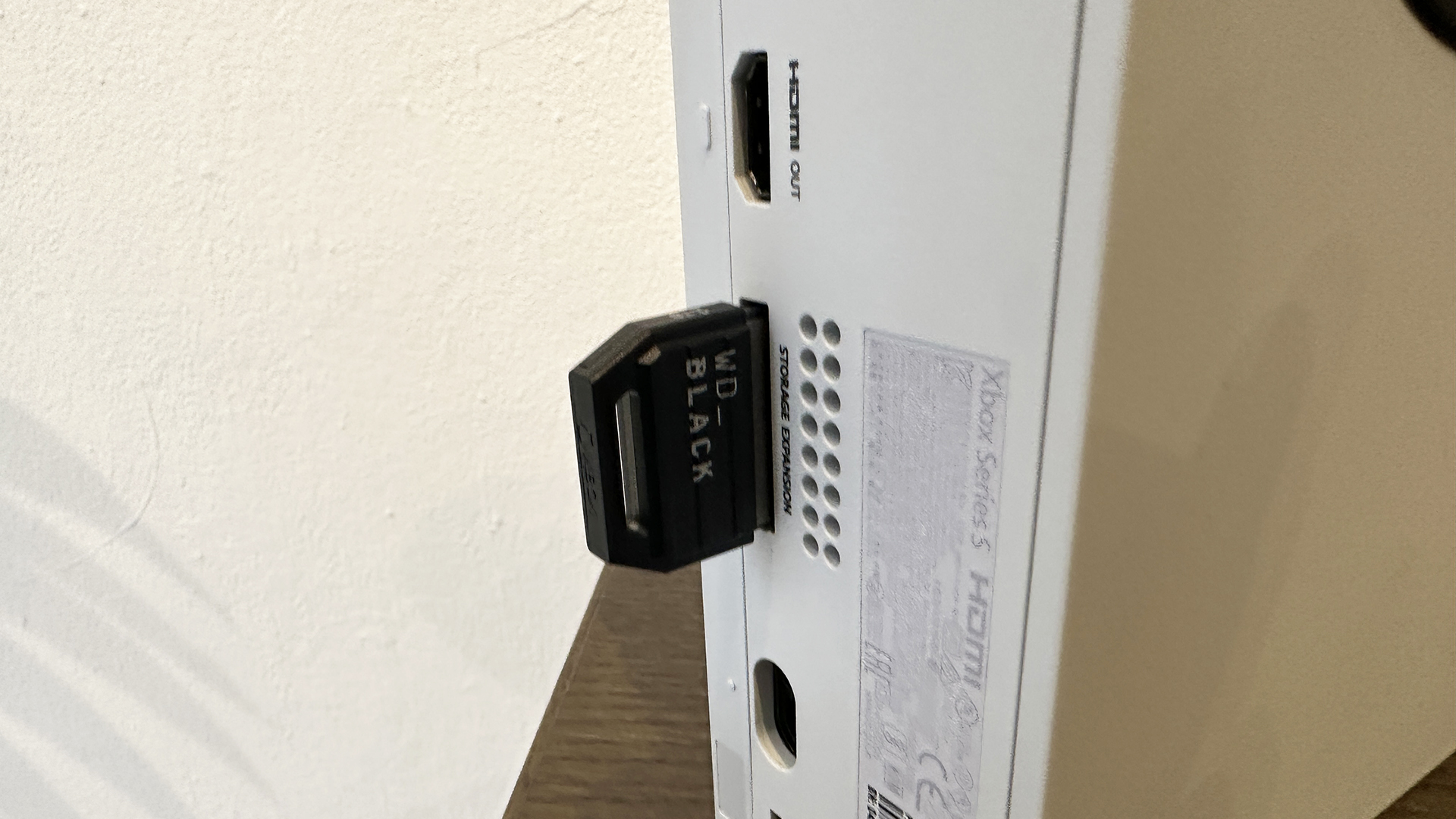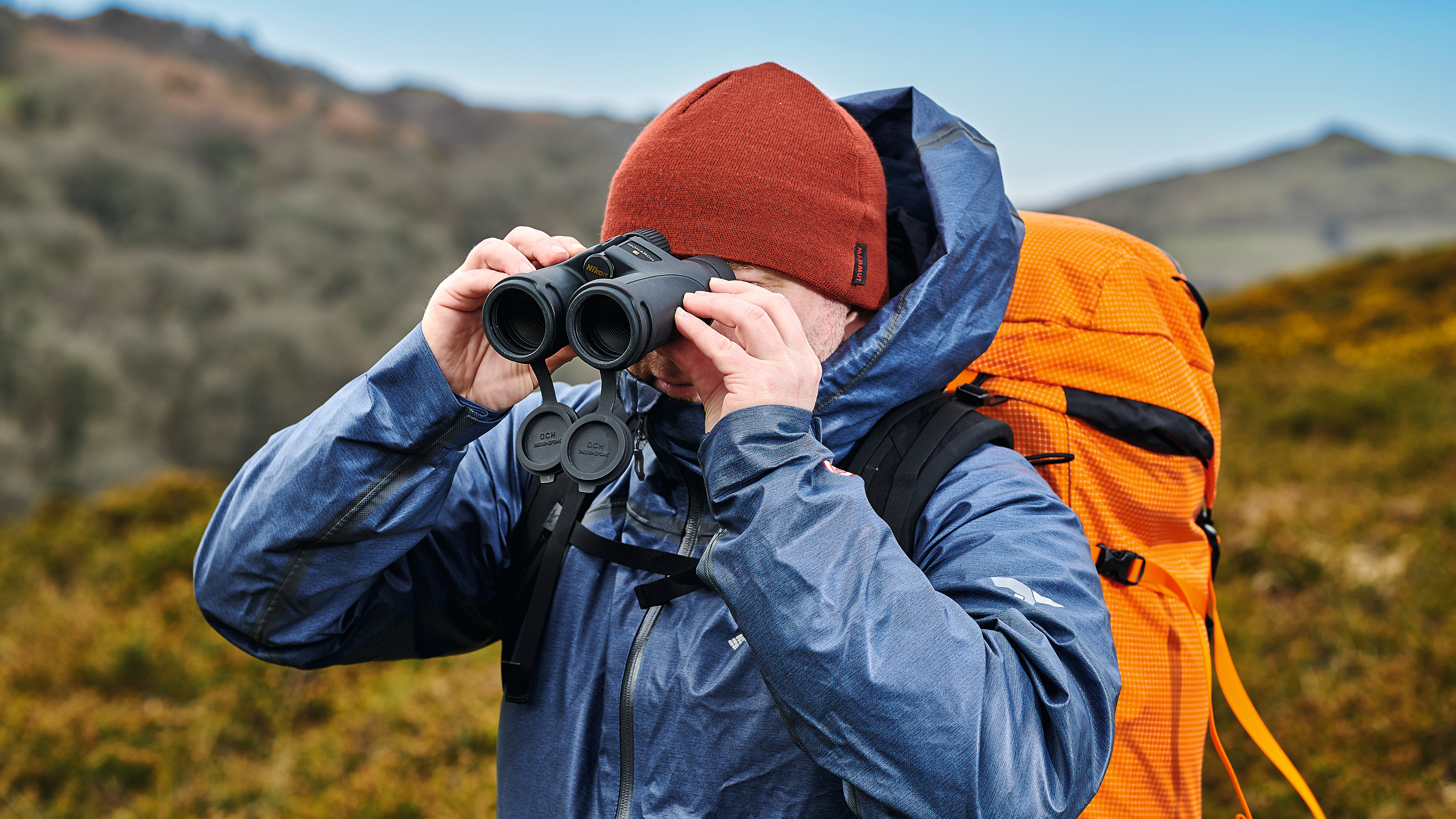
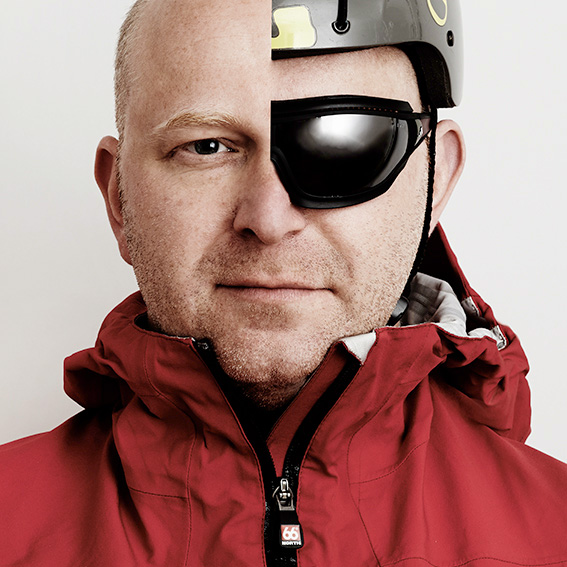
The difference between hiking vs trekking can seem like a very slim one at times, especially when the two terms are regularly used interchangeably by product manufacturers. Indeed, on many levels the two are similar, in that they involve walking adventures in stunning scenery.
Traditionally though, trekking involves long, multi-day routes, such as the many hut routes in New Zealand, the trek to Everest Base camp, the Inca trail,or alpine hut-to-hut summer treks. Although the distances are large, and can add up to intense experiences, the infrastructure is usually in place to support trekkers, from water stops to food, overnight lodges, huts or bunkhouses, so the demands on self-support are usually lower. Indeed, hut to hut treks in the alps can become something of a gastronomic experience as well as an adventure. As a result, the most popular treks need little expertise and stress in terms of navigation, and often very little heavy equipment such as tents or sleeping bags.
Hiking, meanwhile, might also involve long days out in the hills, but usually a ‘hike’ would be single day or overnight, and not necessarily in an area with support. This means that the onus is on the hiker to carry everything needed for the duration, as well as potentially navigate off-trail with map, compass or GPS. Overnight hikes might involve a stay over in a mountain hut or bunkhouse, campsite, or a self-supported wild camp, which all call for slightly different combinations of sleeping and cooking equipment or tents.
There is plenty of crossover between hiking vs trekking in terms of equipment, with good-quality wicking base layers, walking trousers, waterproofs, buffs, water bottles, hiking socks and small first aid kits just a few examples that will switch between the two at the drop of a hat.
However, there are some things that vary between trekking and walking, let’s dig into them in two kit lists:
Best Hiking Gear
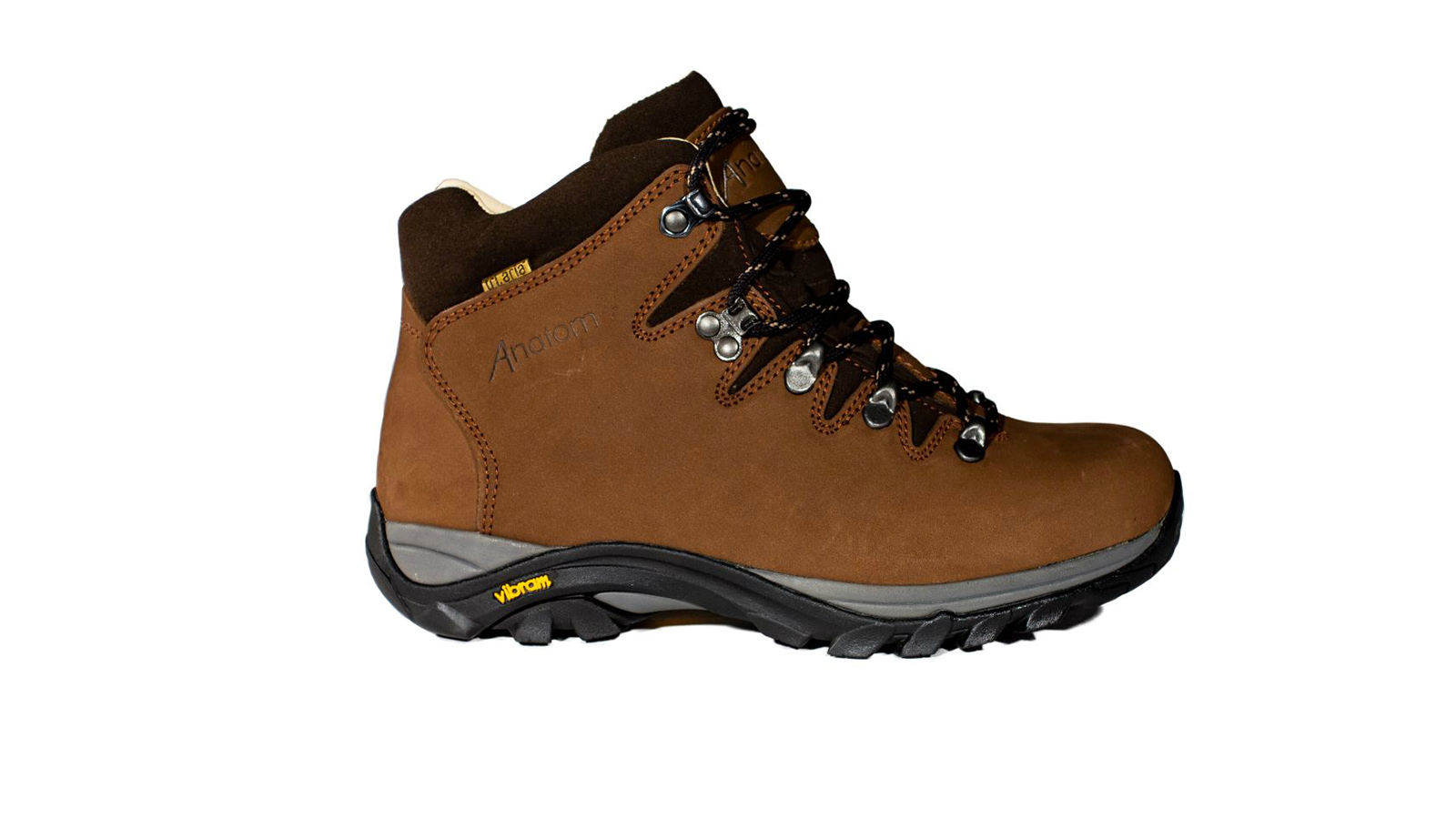
Boots
Hiking boots come in many flavours, but unless you’re planning a pretty short summer hike, then stiffer boots offer much better protection on longer days, as well as a better platform on steeper ground. Meanwhile, if you’re hiking in the winter mountains crampons are a must, again needing a stiff enough boot such as the Mammut Kento or the Jack Wolfskin Wilderness Peak.

Rucksack
While light is right, a hiker also needs to carry everything they need for the day, and possibly an overnight stop too. When you add all that up, it can get bulky, so a 45l to 65l rucksack is on the cards. The Mountain Hardwear Alpine Light 50 not only looks different, but weighs in super light thanks to the tough but thin Dyneema fabric.
Sign up to the T3 newsletter for smarter living straight to your inbox
Get all the latest news, reviews, deals and buying guides on gorgeous tech, home and active products from the T3 experts
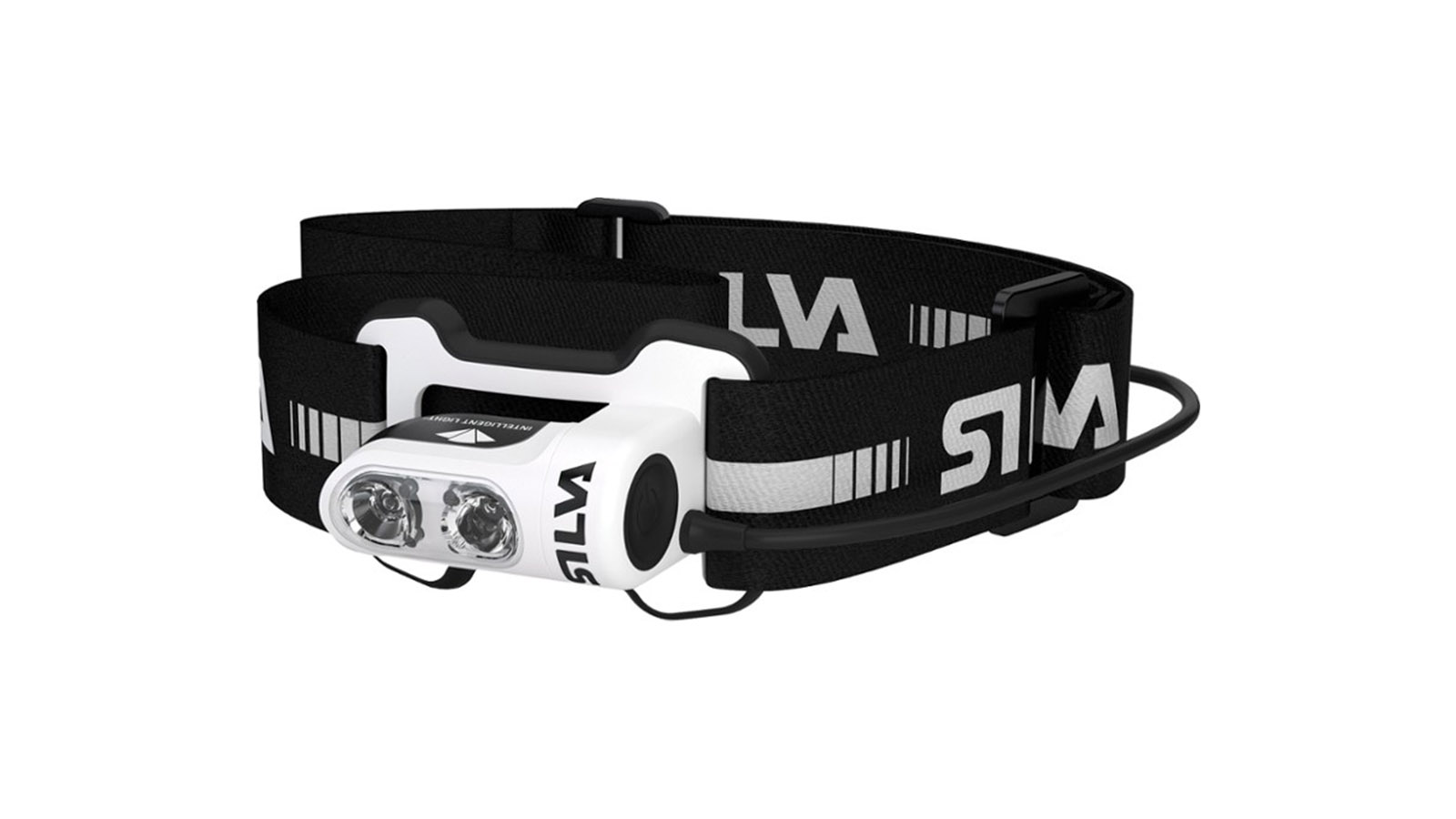
Head torch
If you’re on a day hike in winter or spring, when the days are shorter, carrying a head torch is an essential, and even more so if you become benighted by an accident. You’ll want a decent all-rounder for this, something bright enough to navigate by at night, but not super-weighty for the daytime, like the Black Diamond Storm 375 headlamp.
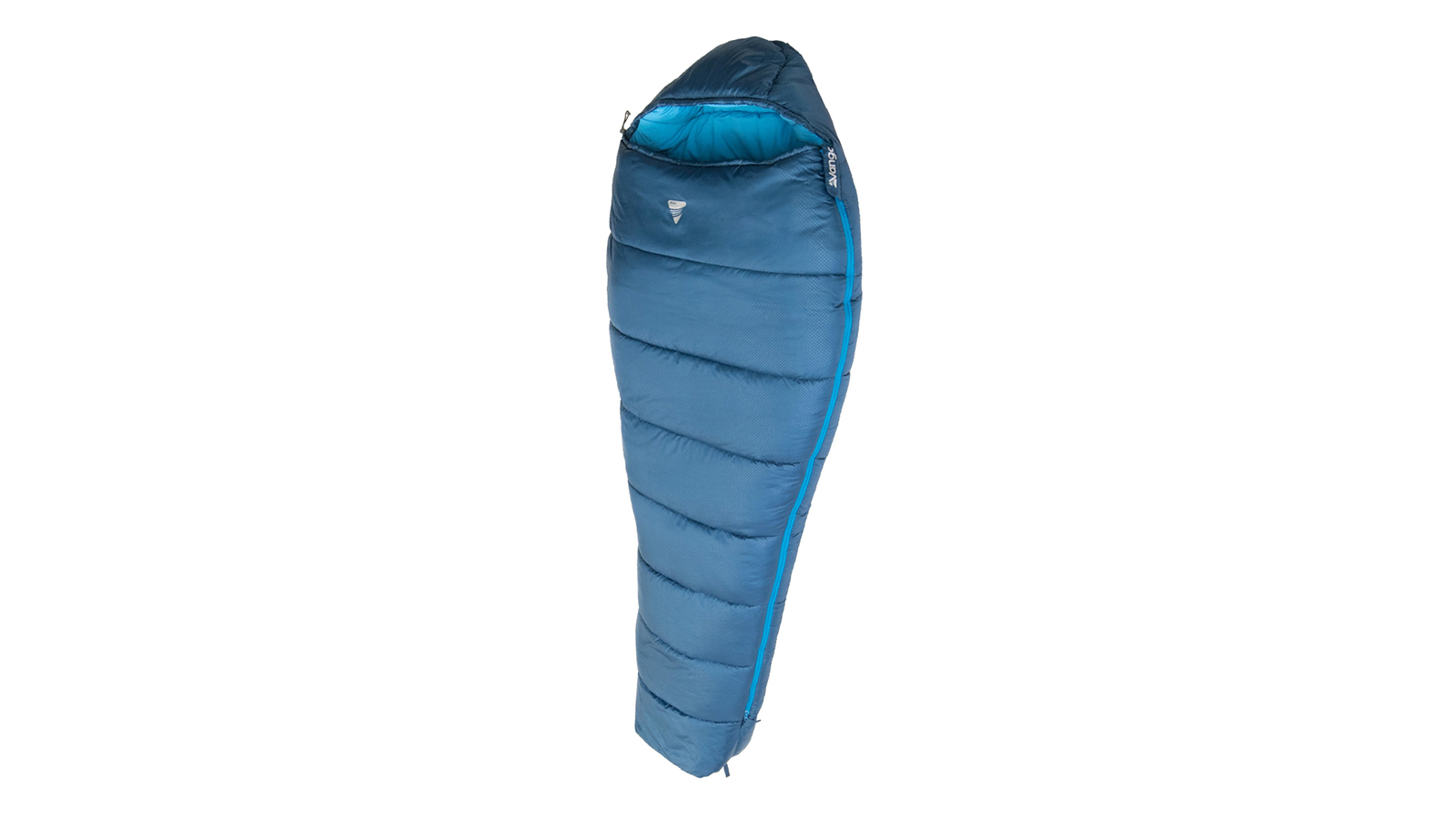
Sleeping Bags
The best hiking sleeping bag for your trip will vary by season and by location, but in general lighter is certainly better, and pack-size is something to consider too. For damper UK climes an artificial down bag is the easiest to manage, such as the Mountain Hardwear Lamina, while colder but drier locations will need something like the Thermarest Hyperion 32 for super-warmth and low weight.
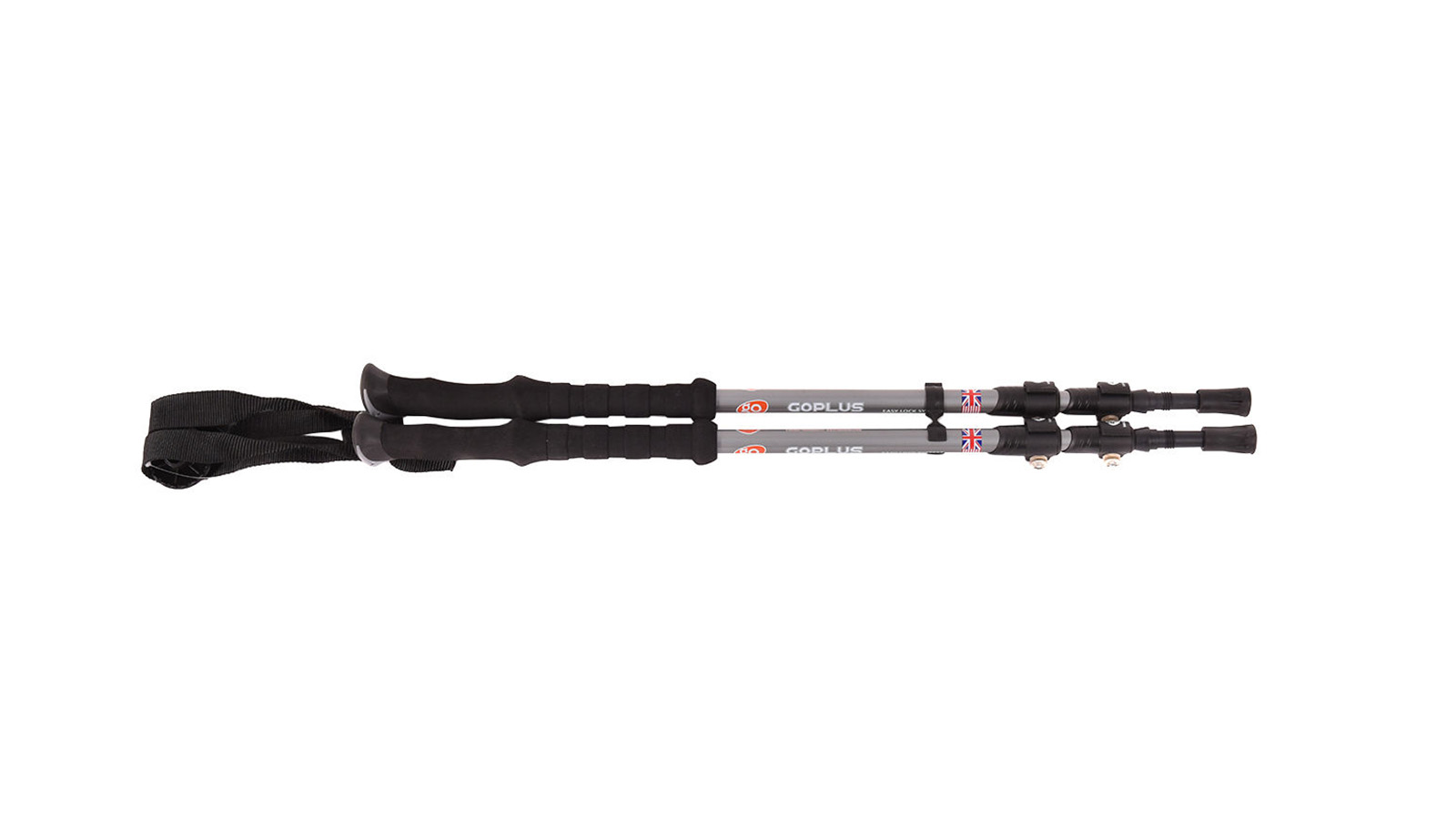
Walking poles
Walking poles come into their own when hiking on rough ground, and for saving the knees on long descents. They’re also handy for river crossings and pointing out the scenery, as well as powering up long tiring inclines. A robust yet light pair is best, like the Leki Tucson or Leki Cressida.
Best Trekking Gear
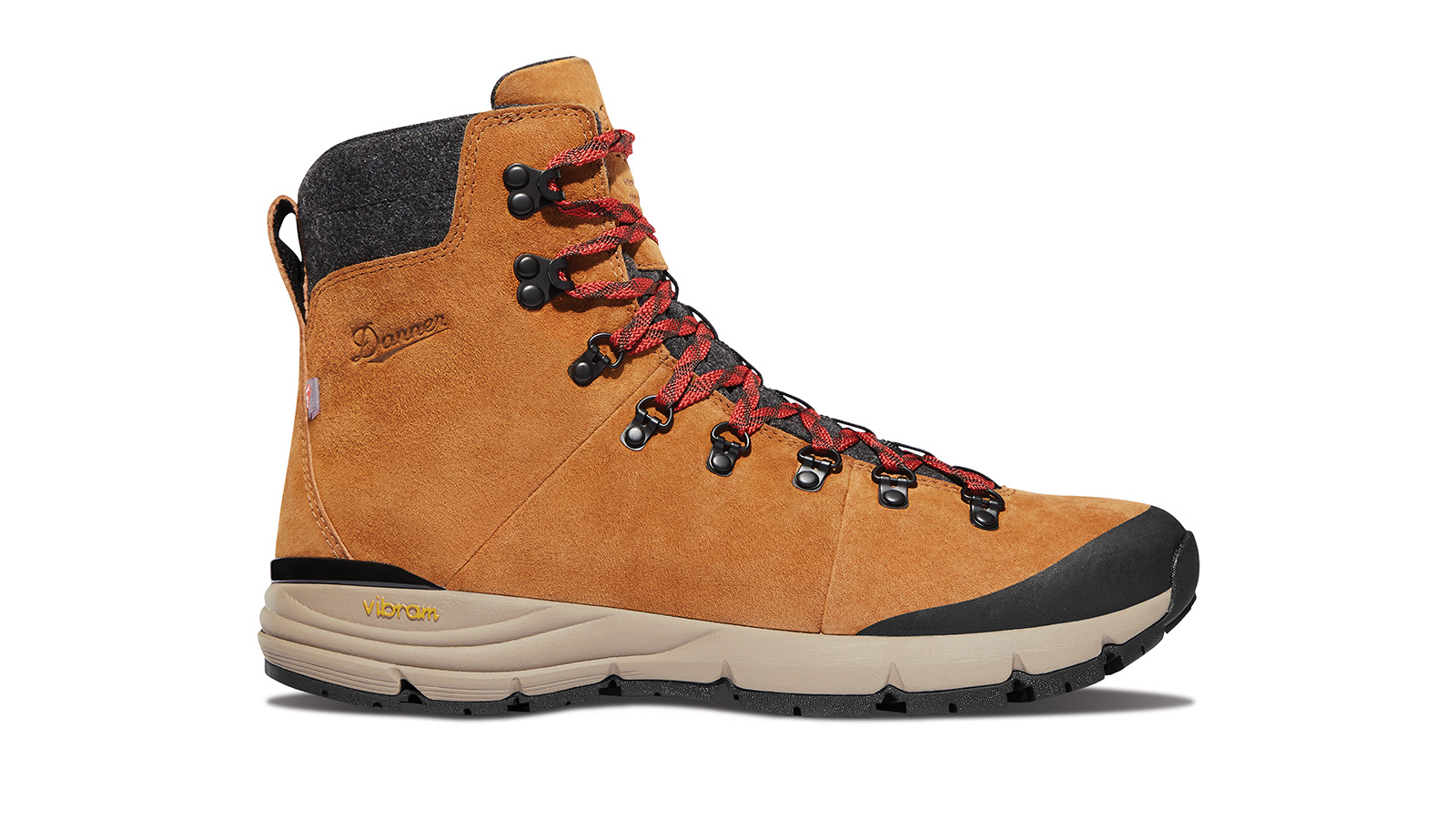
Boots
As with hiking, the best trekking boots will vary according to time of year and terrain, but the key thing is multi-day comfort on the trail. As treks tend to follow more established trails it’s more likely that a softer yet supportive boot will fit the bill, such as the T3 Award winning Salomon Quest 4D 3 GTX or the Merrell Zion.
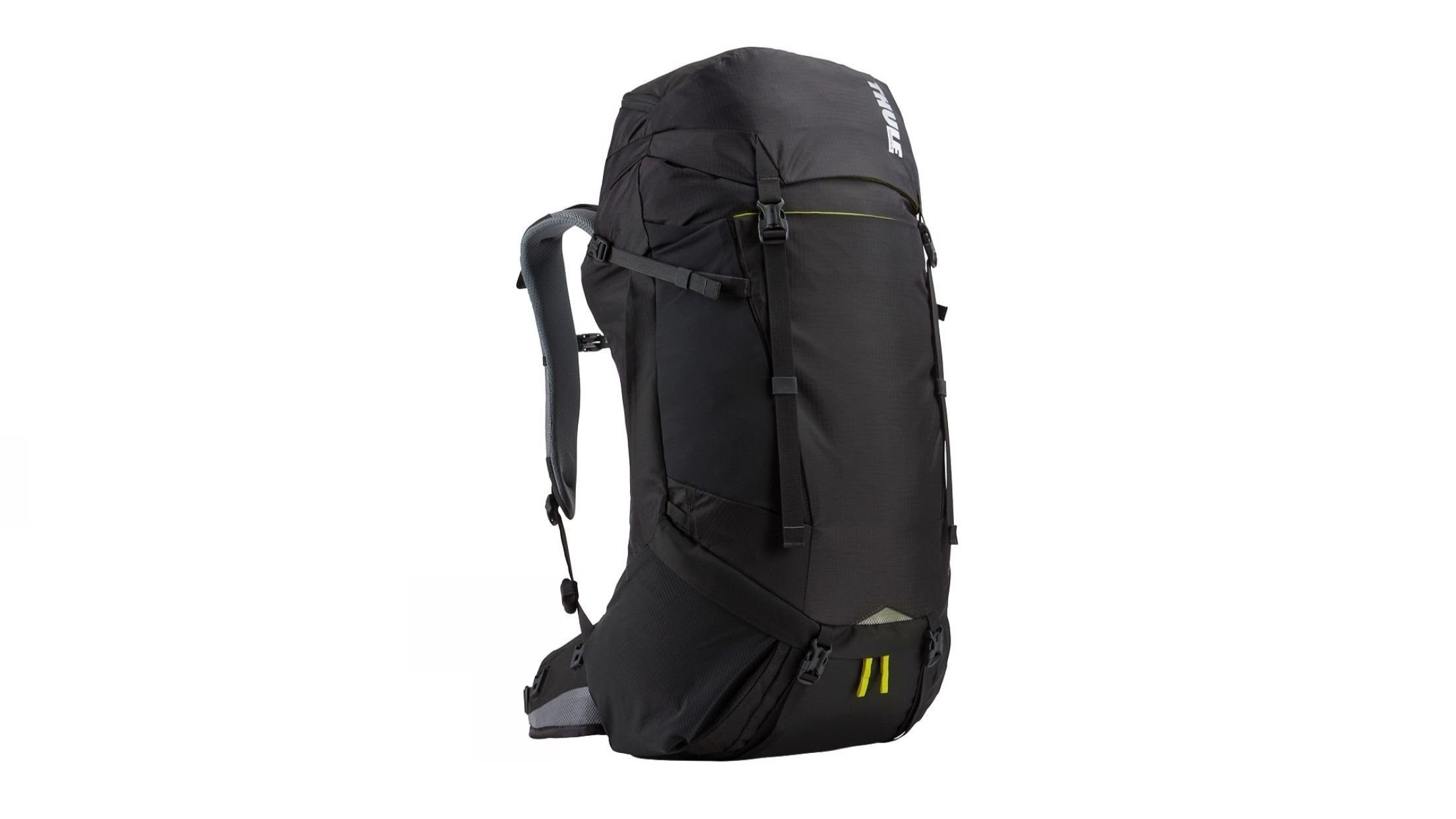
Rucksack
Trekking might require a wide range of equipment, but keeping it lightweight is the key. With the logistics of food and shelter planned out in advance, and requiring minimum emergency equipment, a lighter and smaller bag is always best, although personal fit is essential. The 32l Thule Capstone is a good option, or the Mountain Hardwear Scrambler 35.
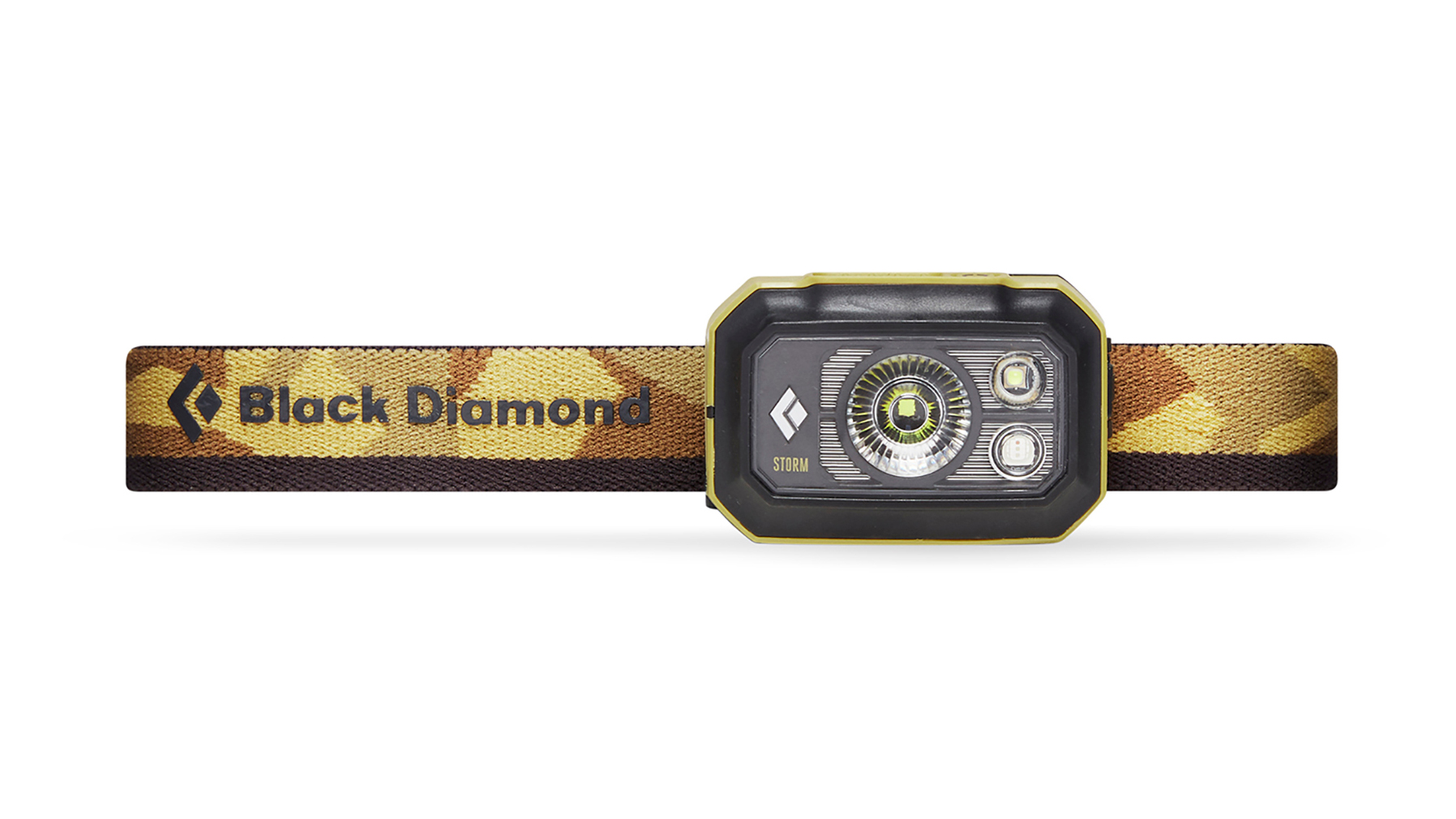
Head torch
Trekking tends to be pretty organised in terms of overnight stops, so you’re unlikely to be needing a head torch except for emergencies, and casual faffing around the teahouse/campsite of an evening. An ultralight emergency-only option is the tiny Petzl e+LITE, while a heavier but with easier-to-replace batteries is the Lifesystems Intensity 230 headlamp.
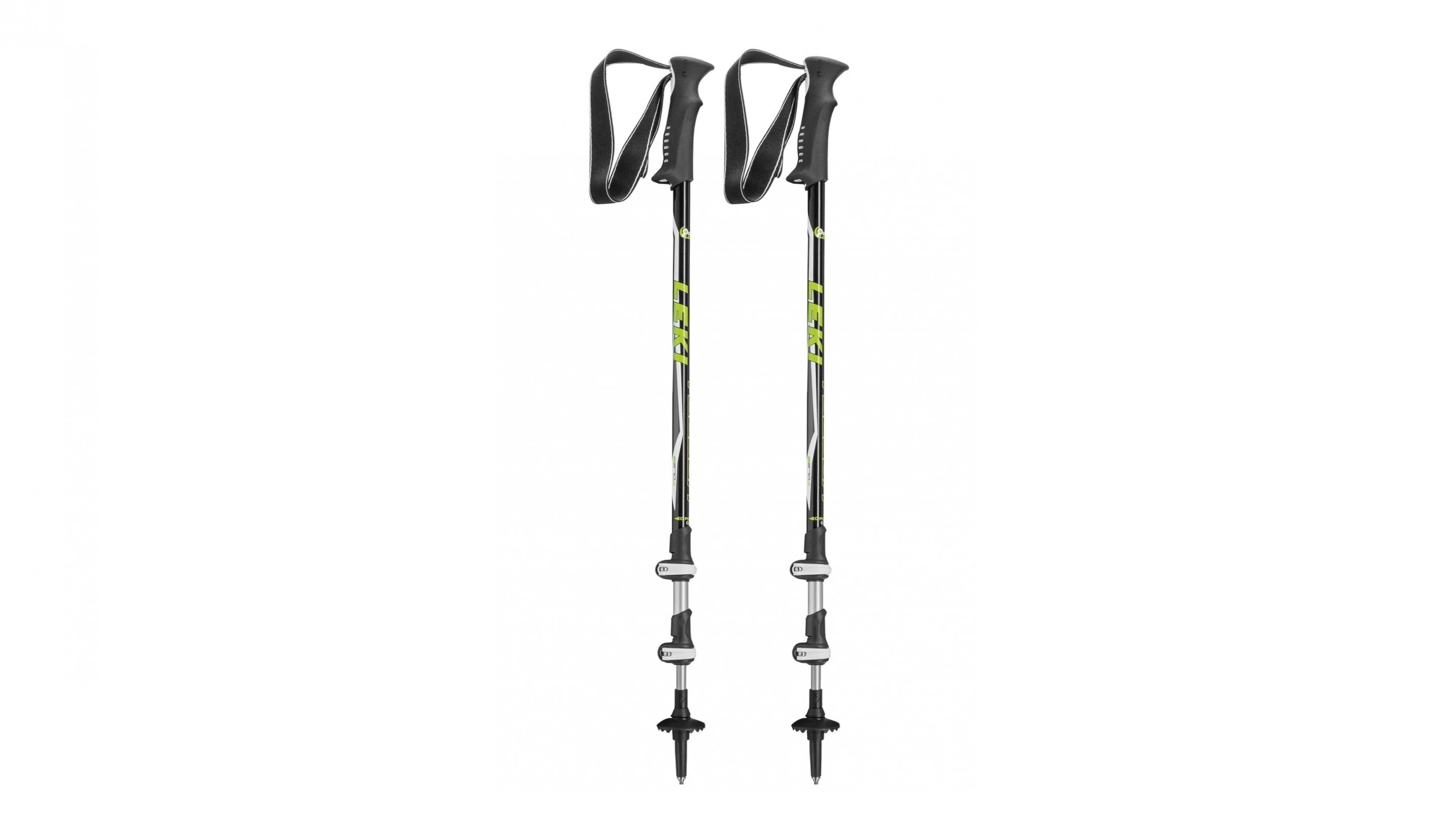
Walking poles
Trekking poles are pretty similar beasts to hiking poles, although trail use means that lighter and less tiring to use over multiple days beats robust and heavy. Carbon fibre poles tend to be the lighter option, such as the Black Diamond Distance Carbon FLZ, although the bargainous Enkeeo Ultralight Trekking poles will do the job admirably.
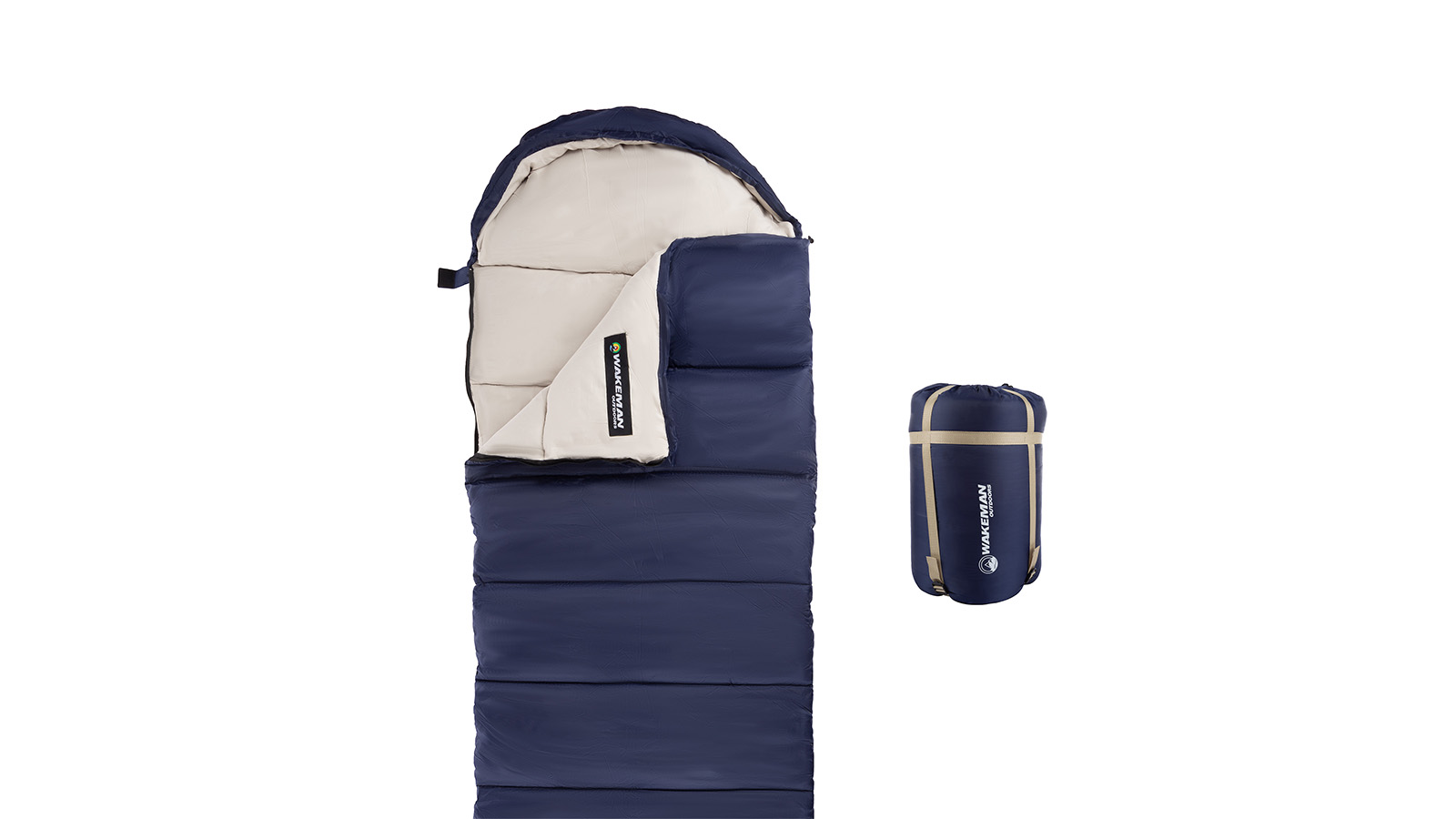
Sleeping Bags
As with hiking, the best trekking sleeping bag will vary with conditions, especially as trekking may well involve bunkhouses or huts, so a much lighter bag can be used. The Mountain Hardwear Hyperlamina Flame is a great all-rounder that’ll keep you toasty in any hut or tent, while the synthetic insulation won’t let you down in a wet-weather emergency.
Liked this?
- Check out the best camping knives
Mark Mayne has been covering tech, gadgets and outdoor innovation for longer than he can remember. A keen climber, mountaineer and scuba diver, he is also a dedicated weather enthusiast and flapjack consumption expert.
